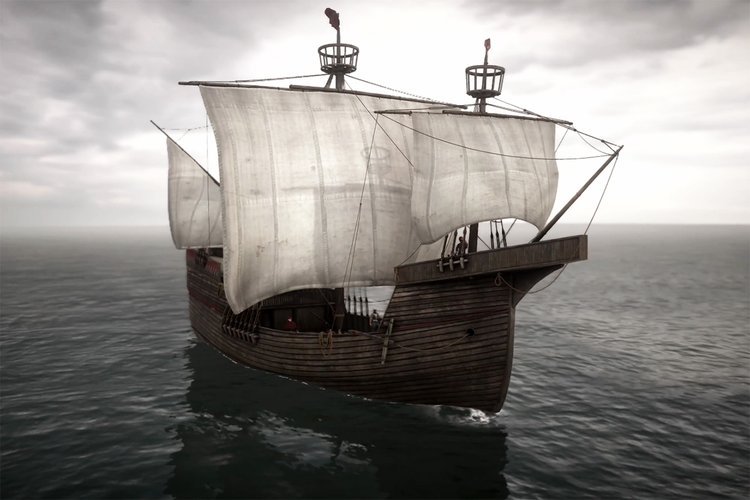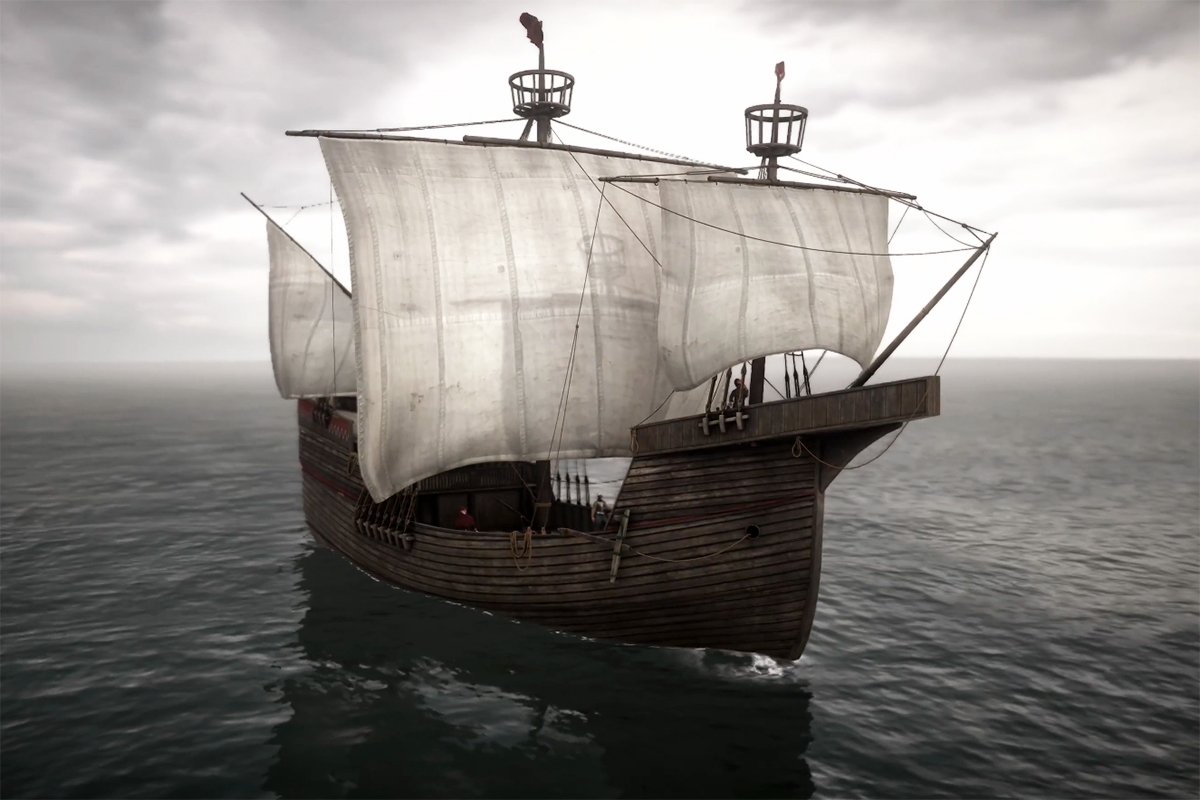Professor Martin Bell, Emeritus Professor of Archaeology at University of Reading, presents ‘Hunter Gatherers in the Severn Estuary: Ice Age to 4000BC’.
Martin describes the evidence for human occupation of the Severn Estuary during warm periods (inter-glacials) over the last million years, which enables us to reconstruct the lives of these communities and the ever changing environment that supported their way of life..
Further reading
- Ashton, N (2017) Early Humans. London. Collins: New Naturalist (available as book or Kindle e-book).
- Bell, M (2007) Prehistoric Coastal Communities: the Mesolithic of Western Britain. York: Council for British Archaeology. (Free to download from the Archaeology Data Service Library).
- Bell, M and Walker, M.J.C (2005) Late Quaternary Environmental Change; Physical and human perspectives. Harlow: Pearson Prentice Hall (Available as e-book)
- Dinnis, R and Stringer, C (2013) Britain one million years of the human story. London: Natural History Museum.
- Green, S and Walker, E (1991) Ice Age Hunters: Neanderthals and early modern hunters in Wales. Cardiff: National Museum of Wales.
- Lillie, M (2015) Hunters, Fishers and Foragers in Wales: Towards a social narrative of Mesolithic lifeways. Oxford: Oxbow Books.
- Lynch, F, Aldhouse-Green and Davies, J.L (2000) Prehistoric Wales. Sutton.
Damon Bridge, former Project Manager for The Great Crane Project, shares his insights and knowledge of one of this ground-breaking project to reintroduce an iconic wetland bird.
Dr Mark Lewis, curator of the National Roman Legion Museum, Amgueddfa Cymru, presents ‘The Roman Caldicot Level and Roman Caerleon’.
Dr Toby Jones, curator of the Newport Medieval Ship Project, presents “The Newport Medieval Ship: The Fascinating Journey from Discovery to Future”.
A talk with a difference combining musical folk history and live performance in the company of folk fiddle player, Katie Batchelor.
Tony Hopkins, former County Archivist at Gwent Archives, presents ‘After the Monks: The Tudor Levels’.
Professor Martin Bell presents ‘Hunter Gatherers in the Severn Estuary: Ice Age to 4000BC’.
Jeremy White, volunteer at Newport Wetlands, delves into the history of the East Usk Lighthouse and Newport Wetlands National Nature Reserve.
Historian Paul Busby explores the rise and fall of one of Wales's most durable and storied dynasties: the Morgans of Tredegar.
Dr Mark Lewis presents “Roman Saturnalia and our Christmas and its customs”.
Dr Toby Jones presents ‘The Newport Medieval Ship: Challenges of conservation, re-assembly and display’.
Dr Mark Lewis presents ‘On the Front Line: The Gwent Levels, Sea Level Rise and a Roman Wharf at Caerleon’.
John Burrows explores The ‘mega-tides’ of the Severn Estuary, which has one of the World’s most extreme tidal ranges.
Professor Martin Bell presents a virtual archaeological field trip to Goldcliff.
Professor Stephen Rippon presents ‘The Origins of the Gwent Levels drainage system in the medieval period’.
Mesolithic camp (4000BC), Goldcliff (LL & Dextra Visual)
Lost Landscapes
Our Lost Landscapes project uses digital reconstructions to show the Levels landscape at different stages in its long history.















